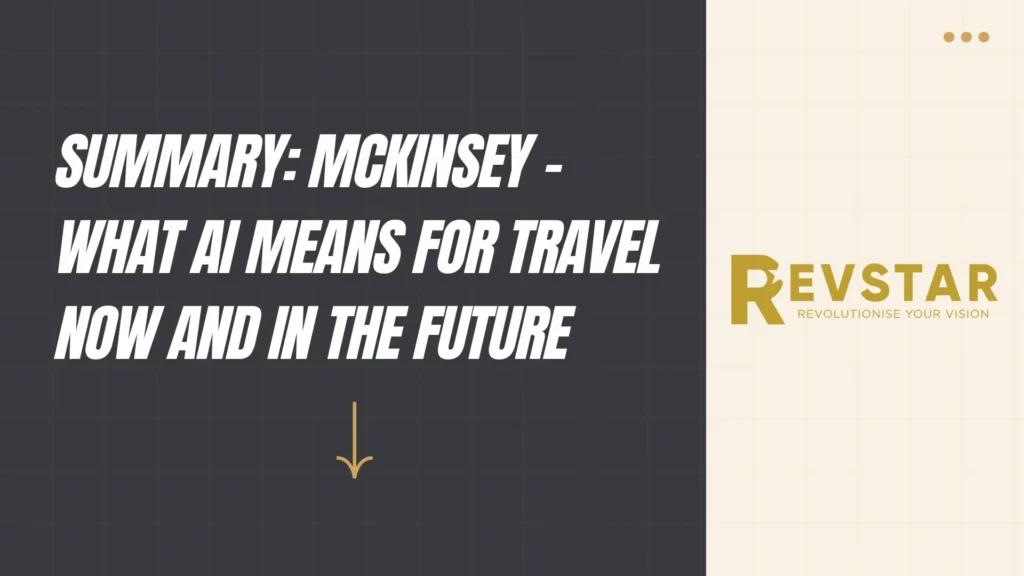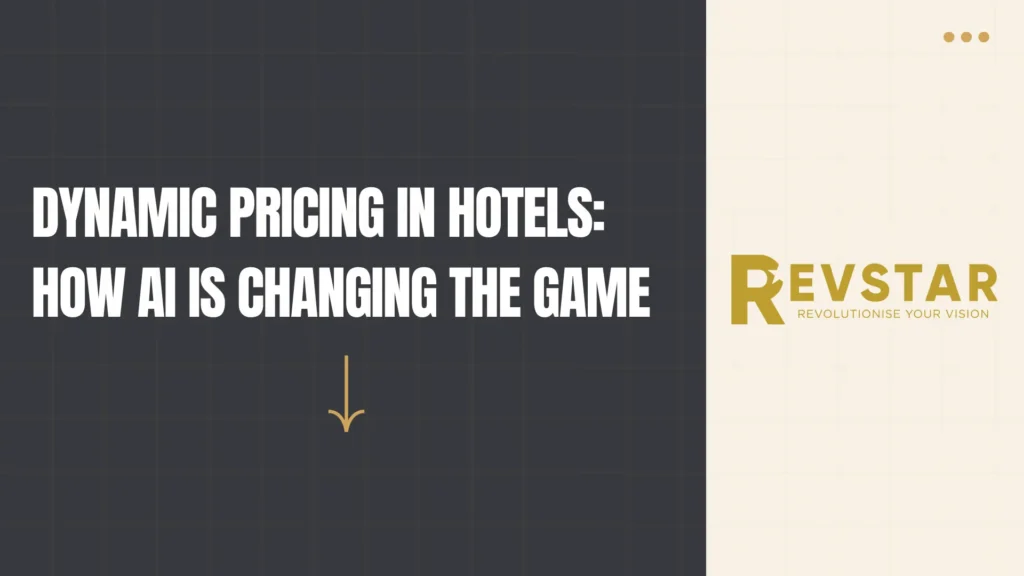Tourism and Hospitality Trends 2024: A New Era of Growth and Personalization
Tourism and hospitality are experiencing a significant rebound and transformation in 2024. The return of travel demand is being shaped by four major forces: proximity-driven travel (domestic and intraregional), a more personalized and diverse traveler base, a surge in luxury and experiential travel (especially in Asia), and destination readiness to handle increasing volumes and expectations. New source markets (India, Southeast Asia, Eastern Europe) and shifting traveler behaviors (younger, tech-savvy, experience-focused) are redefining the competitive landscape. The luxury market, in particular, is growing faster than any other segment, fueled not just by the ultra-rich but also by aspirational travelers.
What This Means for Hotel Commercial Leaders
1. Prioritize Domestic and Regional Strategies
- Shift marketing and pricing focus to domestic and intraregional guests.
- Create offers that appeal to local rediscovery and short-haul leisure trips.
- Align with local holiday calendars and develop “staycation” campaigns.
🛠 Tool examples:
- OTA Insight Market Insight – Identifies regional demand trends and pricing shifts.
- Google Ads with geo-targeting – Targets nearby travelers with customized offers.
2. Segment and Personalize Offerings
- Ditch the one-size-fits-all approach; segment by traveler types, generational behavior, and trip intent.
- Use data-driven tactics (e.g. A/B testing, behavior tracking) to refine packages and digital offers.
- Build experiences around motivations like authenticity, wellness, or family travel.
🛠 Tool examples:
- Cendyn CRM/CDP – Enables behavioral segmentation and dynamic campaign triggers.
- Revinate – Combines CRM with marketing automation to tailor messaging per segment.
3. Rethink the Luxury Traveler
- Cater to a wider spectrum—from aspiring luxury travelers to UHNWIs—with tiered luxury experiences.
- Balance brand prestige with value-added services and emotional connection.
- Develop family-oriented luxury stays and multi-generational travel solutions.
🛠 Tool examples:
- For-Sight Guest Intelligence – Delivers luxury guest insights and net worth segmentation.
- Opera Cloud PMS + Relais & Châteaux CRM – Helps align luxury guest preferences with stay personalization.
4. Capture Emerging Markets Early
- Adapt distribution and marketing to tap into growing outbound markets like India, Vietnam, and Eastern Europe.
- Remove friction in booking (e.g., local languages, payment options).
- Partner with local influencers and culturally relevant media in these regions.
🛠 Tool examples:
- SiteMinder Demand Plus – Distributes inventory across emerging regional OTAs.
- Sojern – Offers data-driven digital marketing tailored to new traveler demographics.
5. Leverage Social Media and User-Generated Content
- Encourage storytelling and social sharing to increase organic reach.
- Offer on-property moments that are “Instagrammable” or linked to guest memory triggers.
- Run referral incentives or loyalty programs tied to social proof.
🛠 Tool examples:
- The Hotels Network (THN) – Adds personalized messaging layers and referral incentives.
- Crowdriff – Curates user-generated content for hotel websites and social platforms.
6. Optimize for Experience-Driven Spending
- Highlight experiences over room specs in campaigns.
- Cross-sell curated experiences (e.g. food crawls, local art walks, nature immersion).
- Bundle emotional storytelling with offers (e.g., “Reignite your senses” instead of “3 nights for 2”).
🛠 Tool examples:
- Triptease – Drives direct bookings by promoting experiential offers and urgency.
- Peek Pro – Allows hotels to upsell and manage on-property experiences (e.g., tours, tastings).
7. Build Destination Partnerships
- Collaborate with tourism boards, transport providers, and local experiences to co-market and co-create.
- Align with destination infrastructure upgrades or joint visa initiatives.
🛠 Tool examples:
- Zaui or Rezdy – Booking software for integrating third-party experiences and tours.
- Amadeus Travel Platform – Facilitates bundling of travel components across suppliers.
8. Plan for Capacity and Talent Needs
- Prepare operationally for new waves of volume and demographics (e.g. young digital nomads vs. elderly high-spenders).
- Invest in workforce training to balance high-touch service with tech tools.
- Embed sustainability and crowd-control tactics into your destination strategy.
🛠 Tool examples:
- HotSOS (Amadeus Service Optimization) – Helps manage workforce and service workflows.
- Allora AI (Avvio) – Predicts demand and helps with resource planning using AI.



